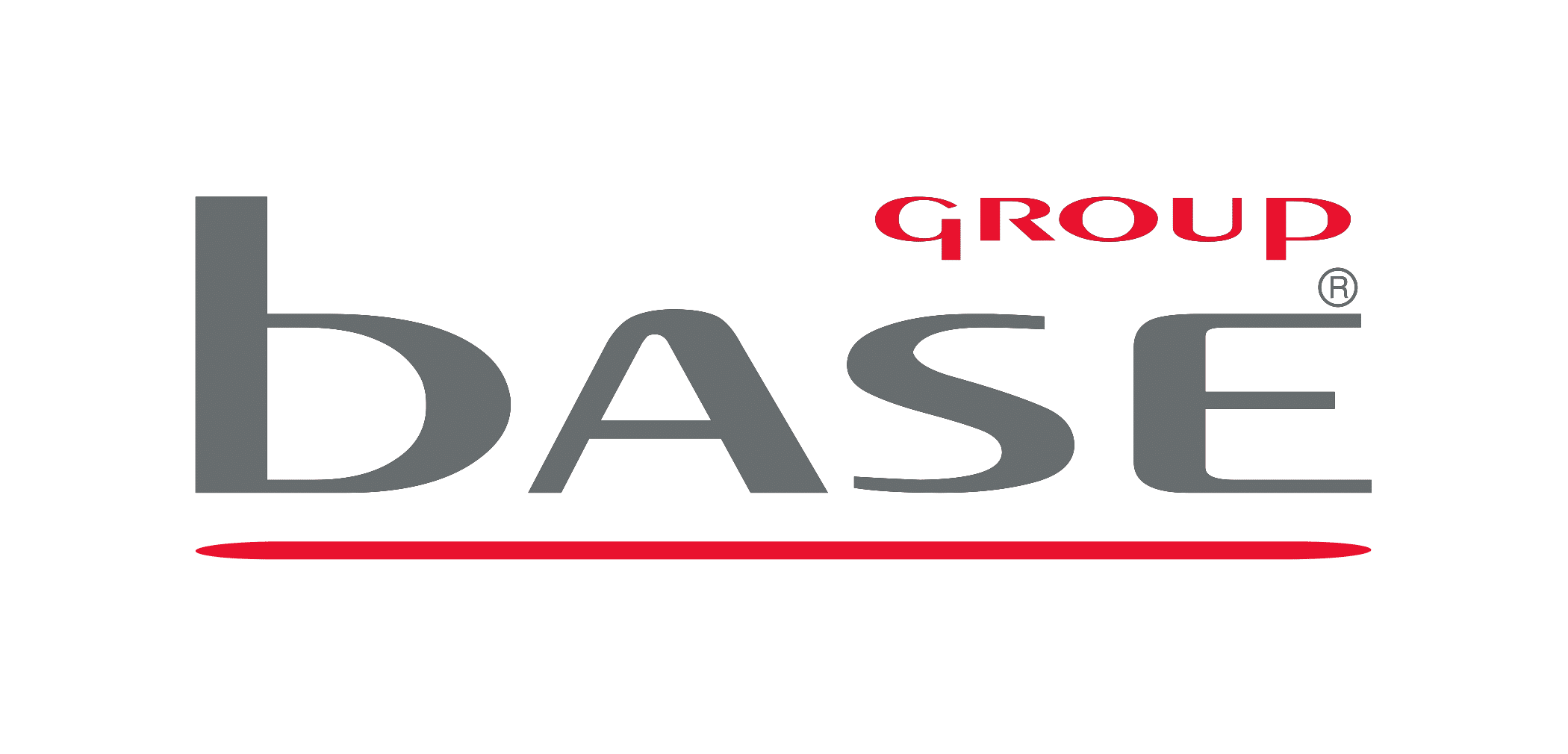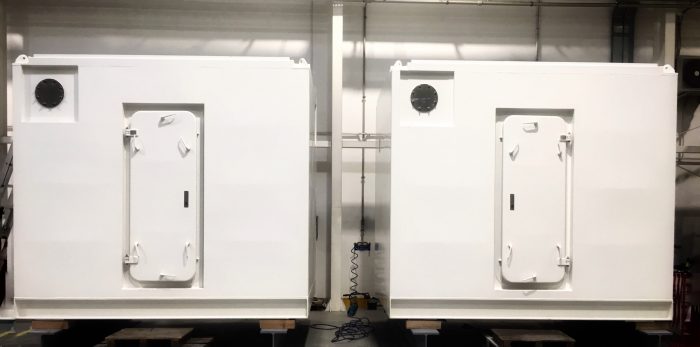Leader of welded structures, together with its customers, it cares for the environment
Base Group sp. z o.o. is a top manufacturer of quality welded industrial structures. With nearly 30 years of experience, the company is in the position to implement demanding projects for the energy, food, marine, chemical, pharmaceutical and railway industries. As a leading producer of welded structures, together with its customers, it cares for the environment.
In September 2017, regulations on ballast water disposal were passed. The International Maritime Organisation (IMO) adopted the International Convention for the Control and Management of Ships’ Ballast Water and Sediments – Requirements and Latest System of Ballast Water Treatment (BWT).
The BWM Convention 2004 is applicable to international navigation, i.e. vessels of any type, operated in marine environment, including submersibles, floating production units and storage and offloading units. The key objective of the BWM Convention 2004 is to prevent, reduce and eliminate the transport of approximately 10 marine species per year.
The BWM Convention 2004 requires that ships’ ballast water be managed in such a way that the transfer of harmful organisms and pathogens is kept to a minimum. Ballast water contains viruses, bacteria, aquatic and plant organisms, which are often harmful to non-indigenous ecosystems. Marine organisms transported in ballast tanks can survive and become alien species in a new environment. The issue of ballast water is recognised as one of the largest threats in ecology.
Under the regulation adopted on 7 September 2017 ships’ masters are required to discharge ballast water at a distance of at least 200 nautical miles, i.e. approximately 370 km, from the coast. Ballast water must be discharged in waters of at least 200 m depth. The BWM Convention provides for three methods of ballast water exchange:
- Sequential method: a process by which a ballast tank is first emptied and then refilled with replacement ballast water to achieve at least a 95% volumetric exchange.
- Flow-through method: a process by which replacement ballast water is pumped into a ballast tank, allowing water to flow through overflow arrangements or vents.
- Dilution method: a process by which replacement ballast water is filled through the top of the ballast tank, allowing water to be freely discharged from the bottom. The filling rate should be the same as the water discharge rate and the level of water in the tank should be constant throughout the ballast exchange operation.
The choice of the ballast water exchange method is affected by safety conditions and stability of the ship during the operation, pump capacity and the pipeline system. Following the introduction of new legislation, port States are required to carry out ship inspections at port and impose sanctions for non-compliance with the BWM Convention. The inspections are carried out by PSC (Port State Control).
Welded constructions for the exchange of ballast water
The International Maritime Organisation provided shipowners with several dozen ship specific water treatment technologies. Welded constructions for the exchange of ballast water on a ship are based on different principles of operation, one of which is used by Base Group for the production of its specialist welded structures for its client. To neutralise discharged ballast water a vacuum reactor is used, which combined with a UV chamber effectively eliminates bacteria contained in the water and prevents marine organisms from entering other ecosystems.
Due to the efficiency of the compact vacuum reactor, the system does not require any additional filters or chemicals. The design of the welded constructions for the exchange of ballast water require only limited space for its installation and it ensures simple and fully automated operation. Welded constructions for the exchange of ballast water on a ship are made of acid-proof stainless steel and carbon steel protected by hot dip galvanisation. As a permanent supplier, Base Group has the necessary facilities, expertise and equipment to provide its services reliably and ensure high quality.
The final assembly of devices together with leakage tests is carried out directly in the Base Group.






